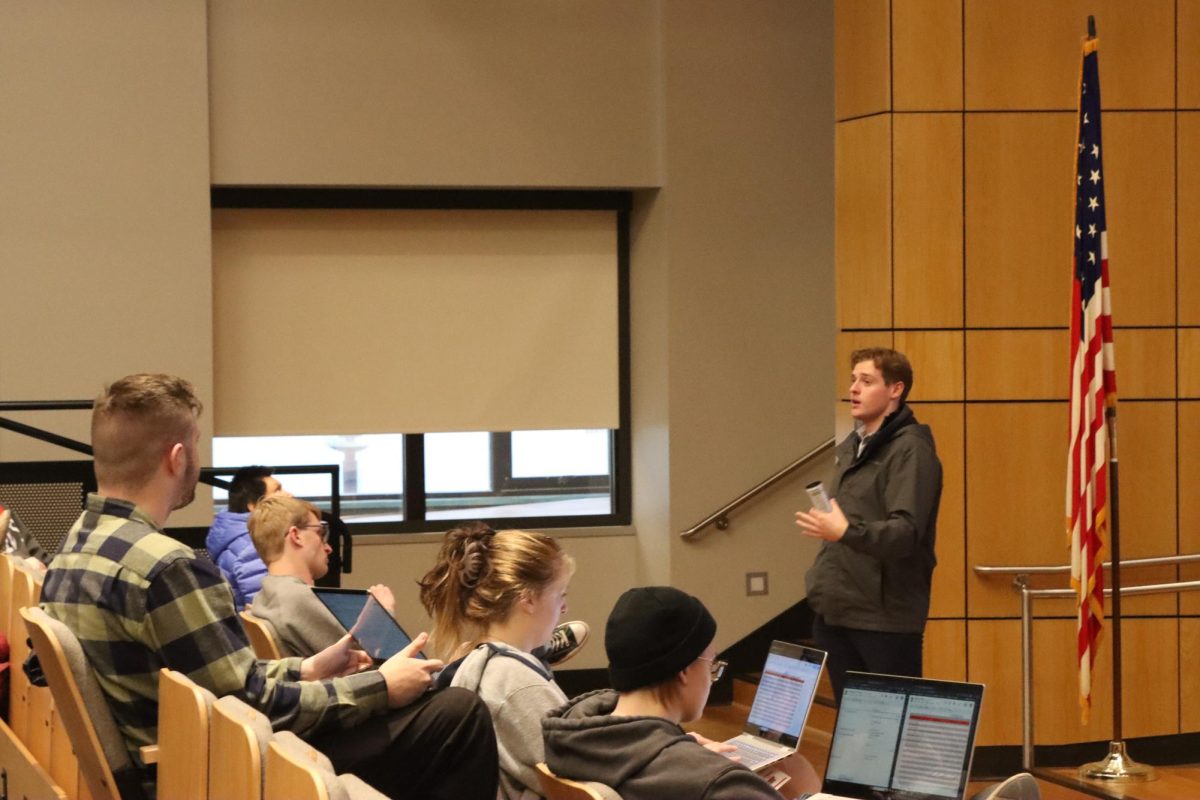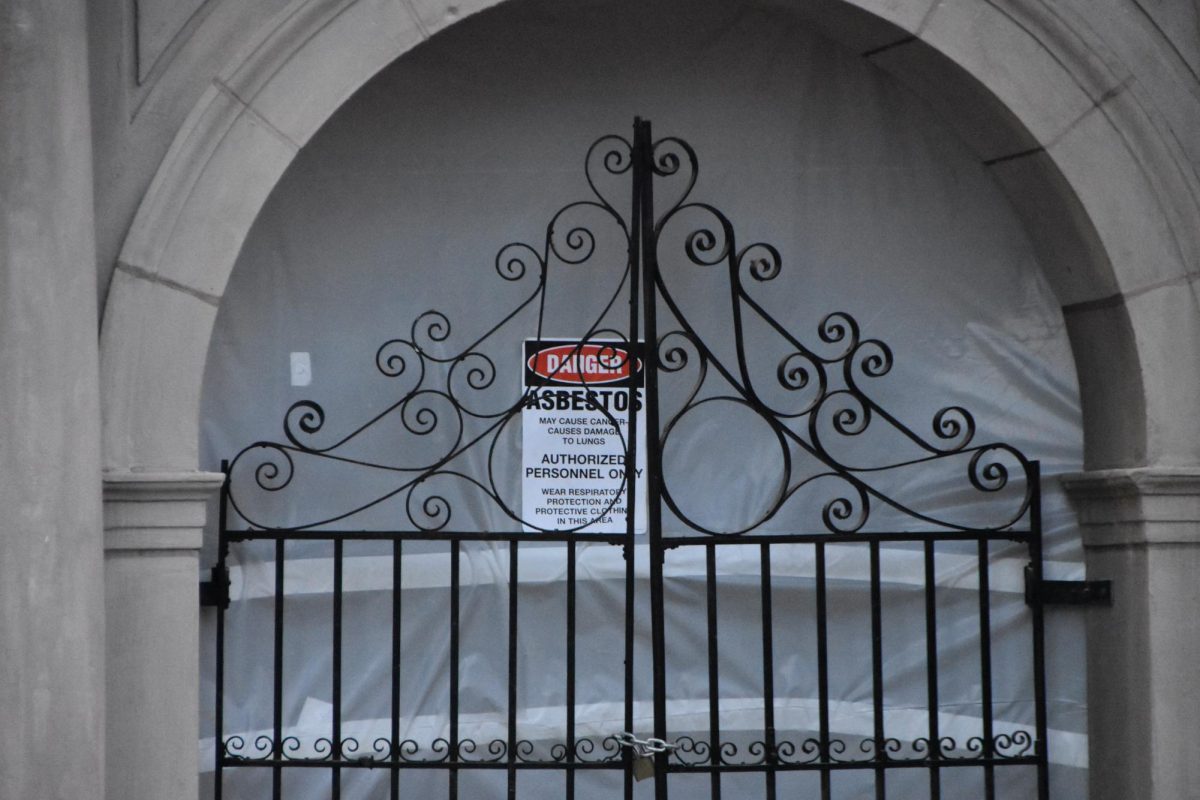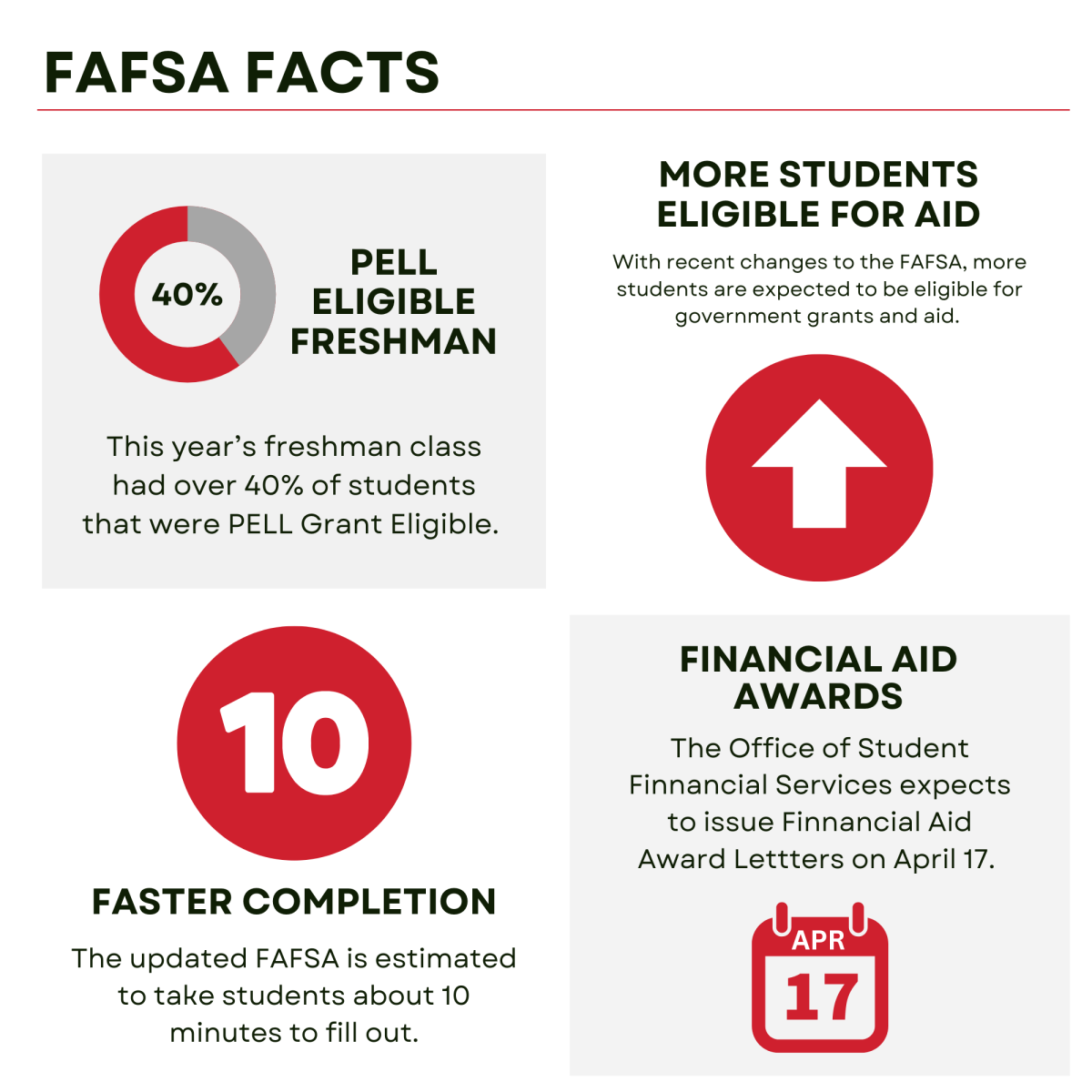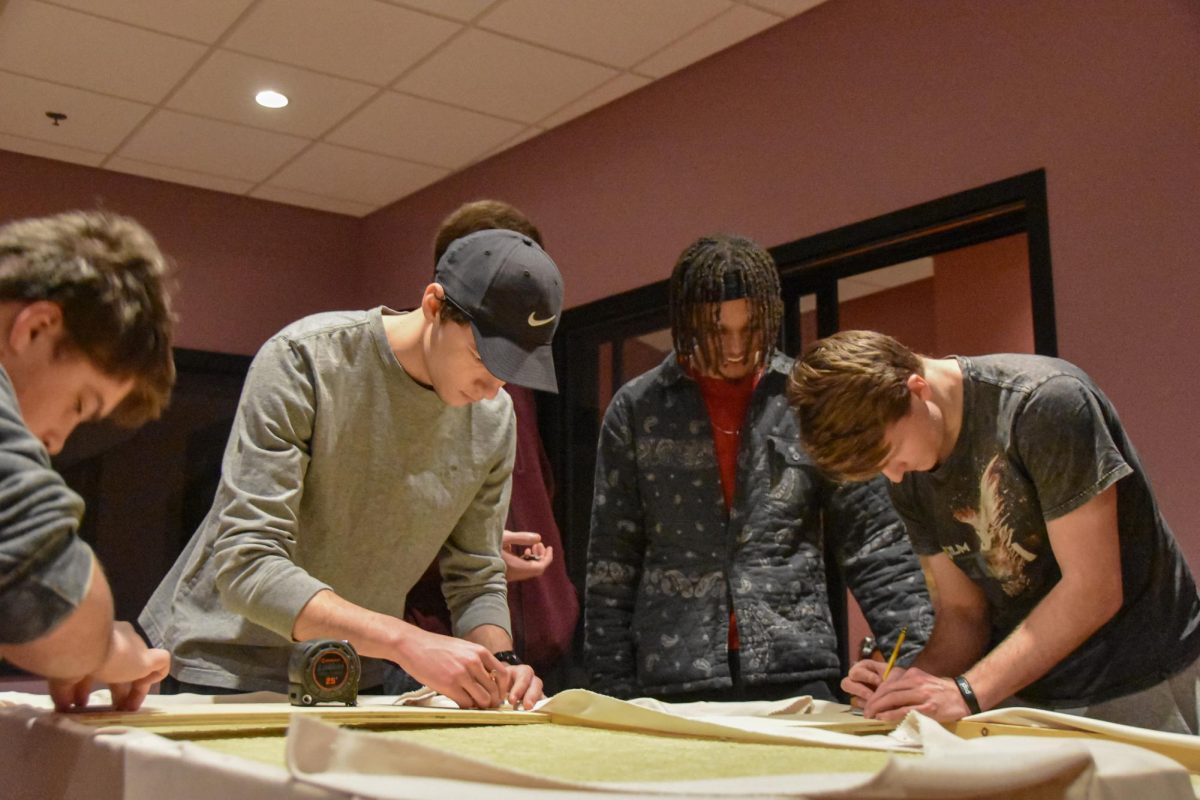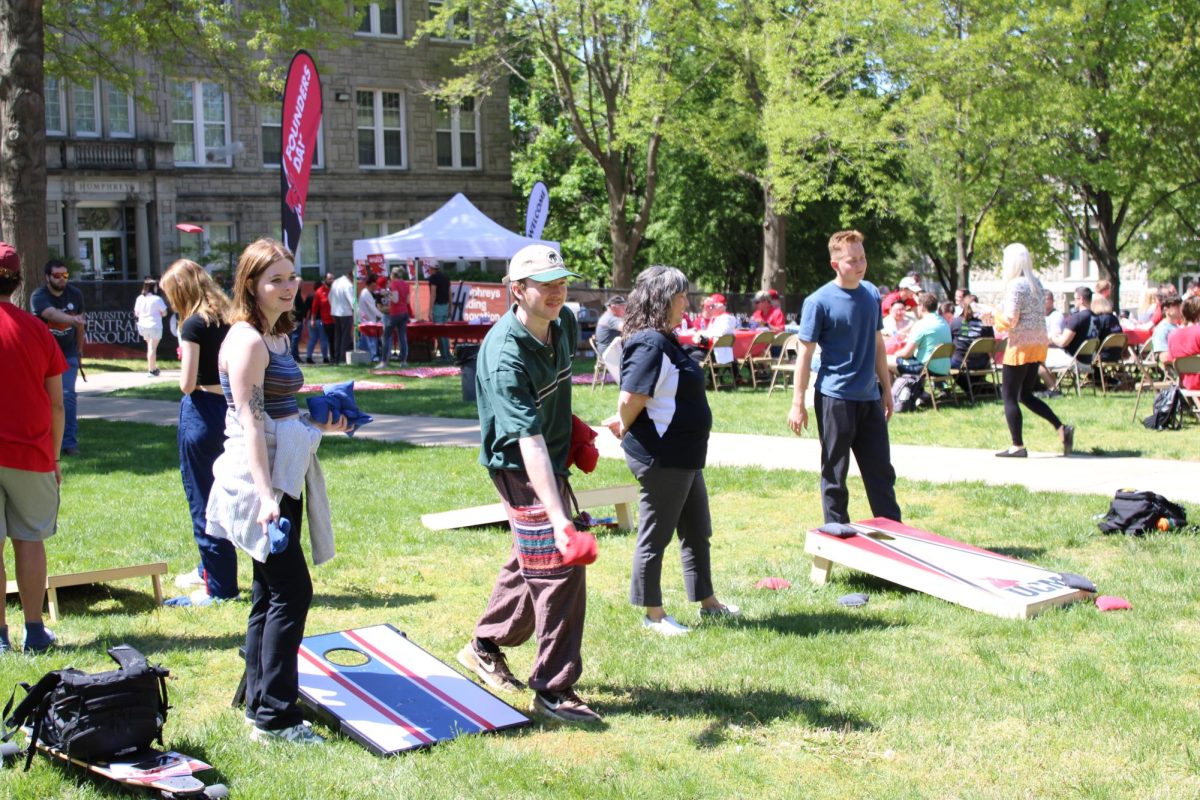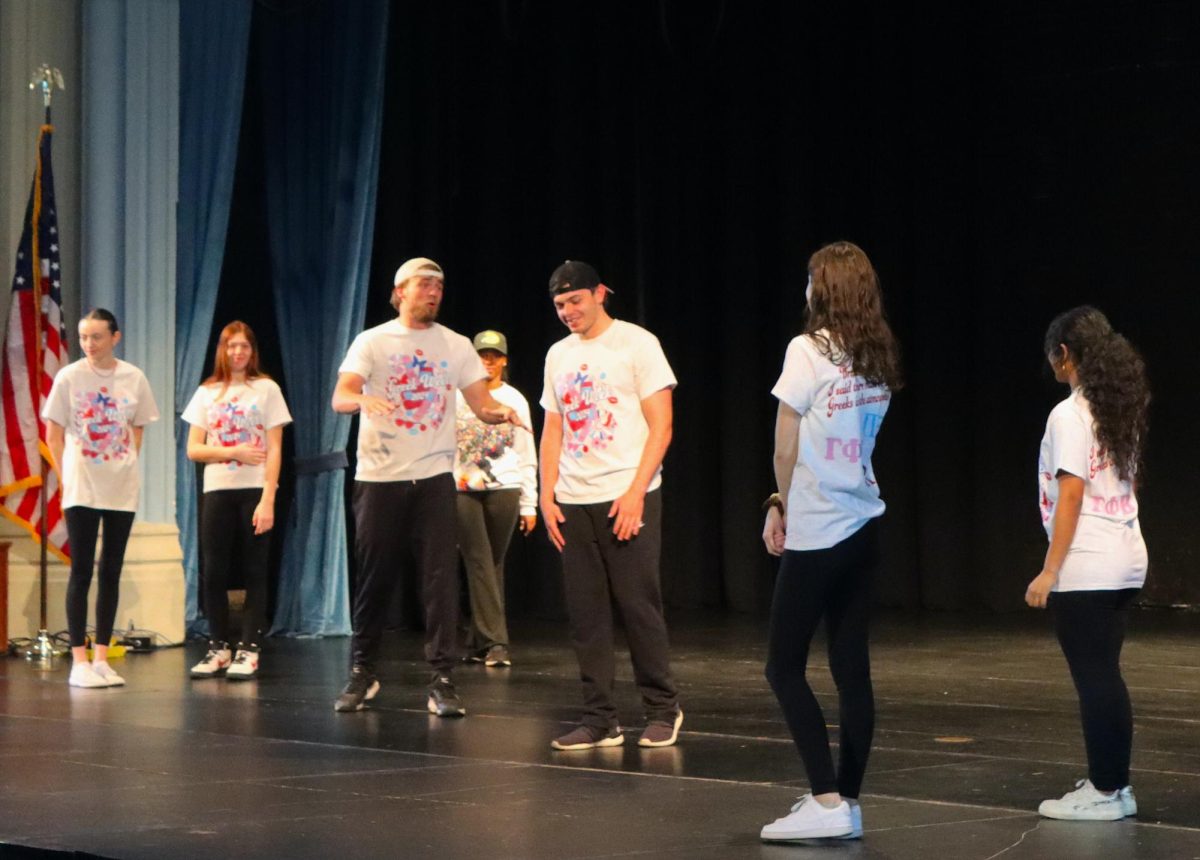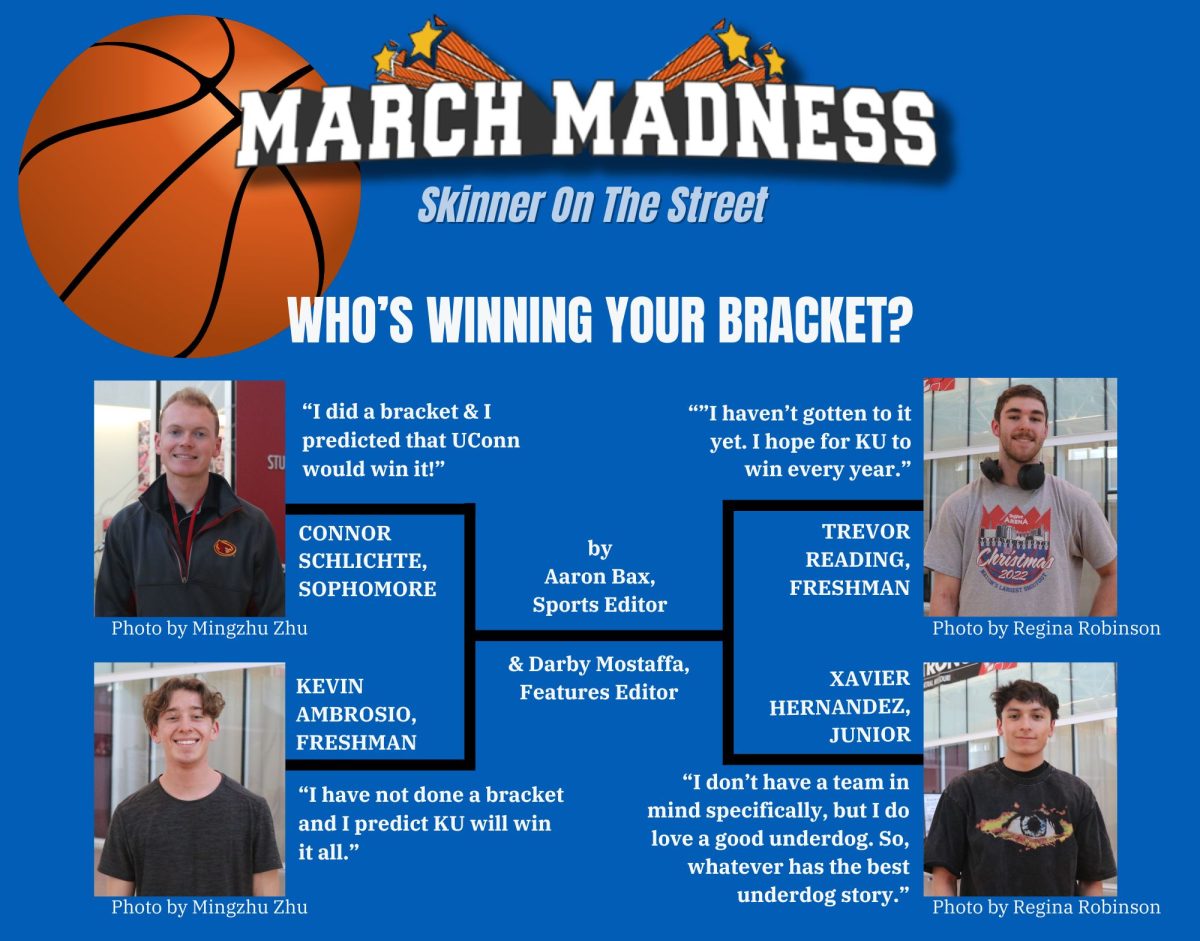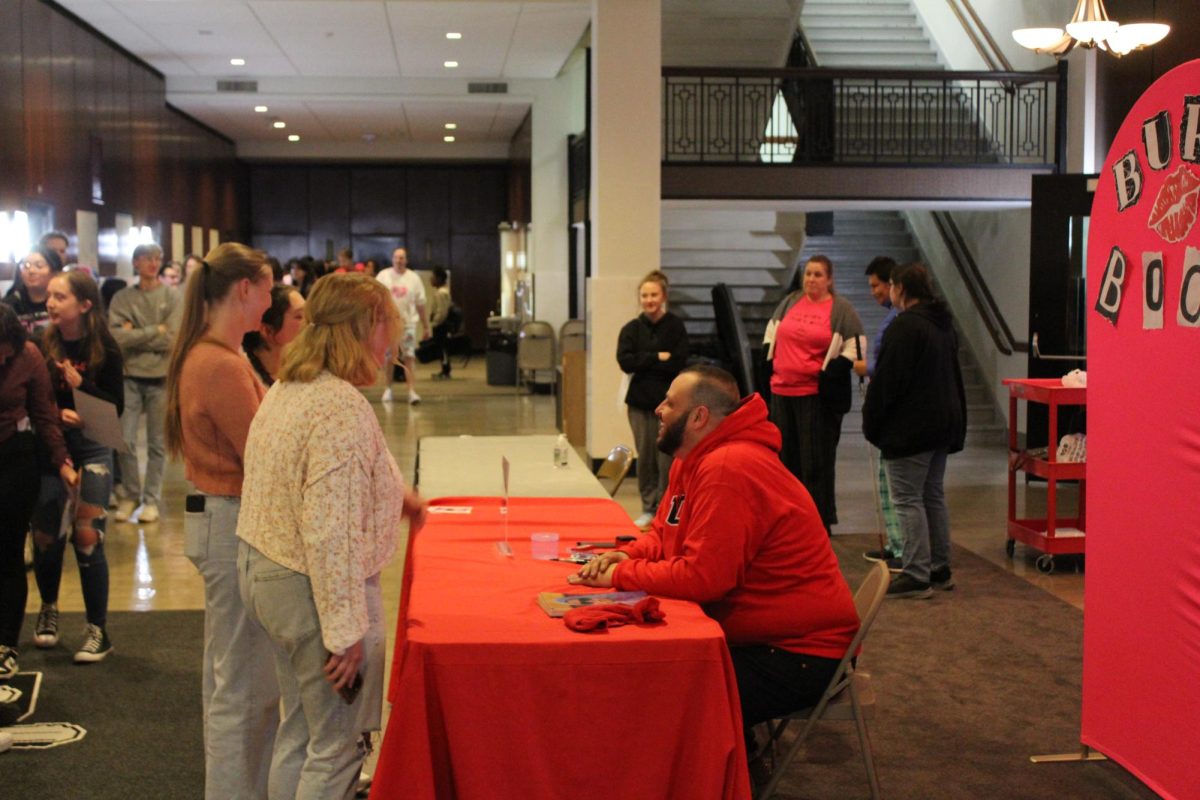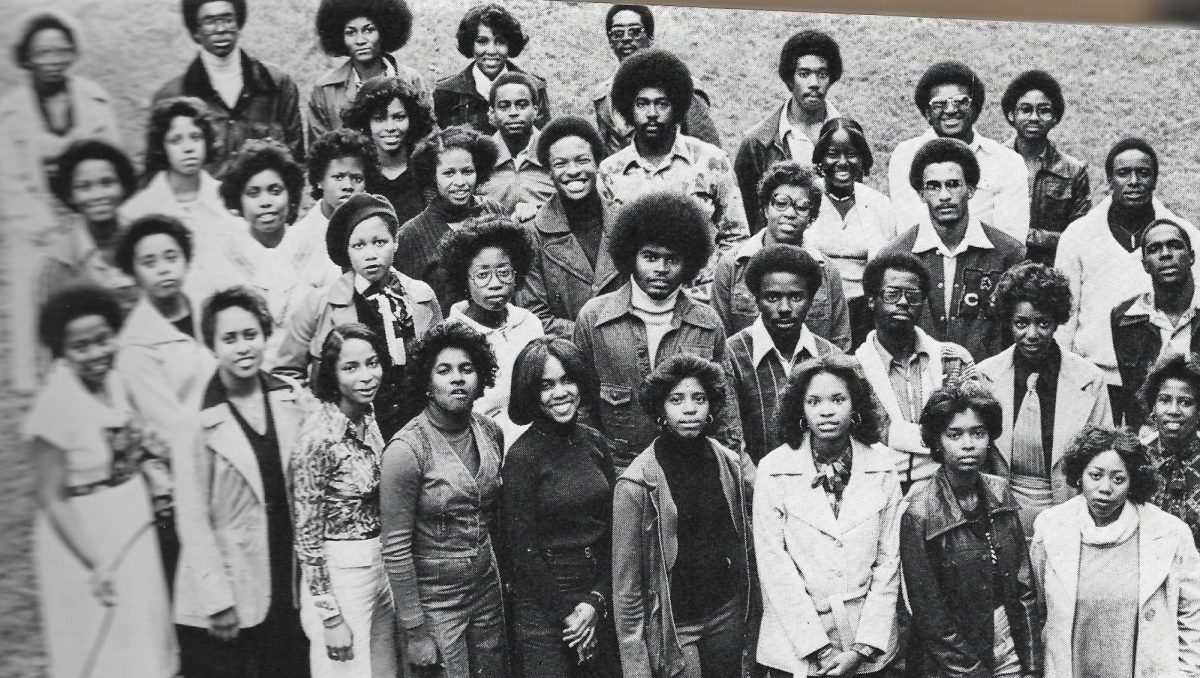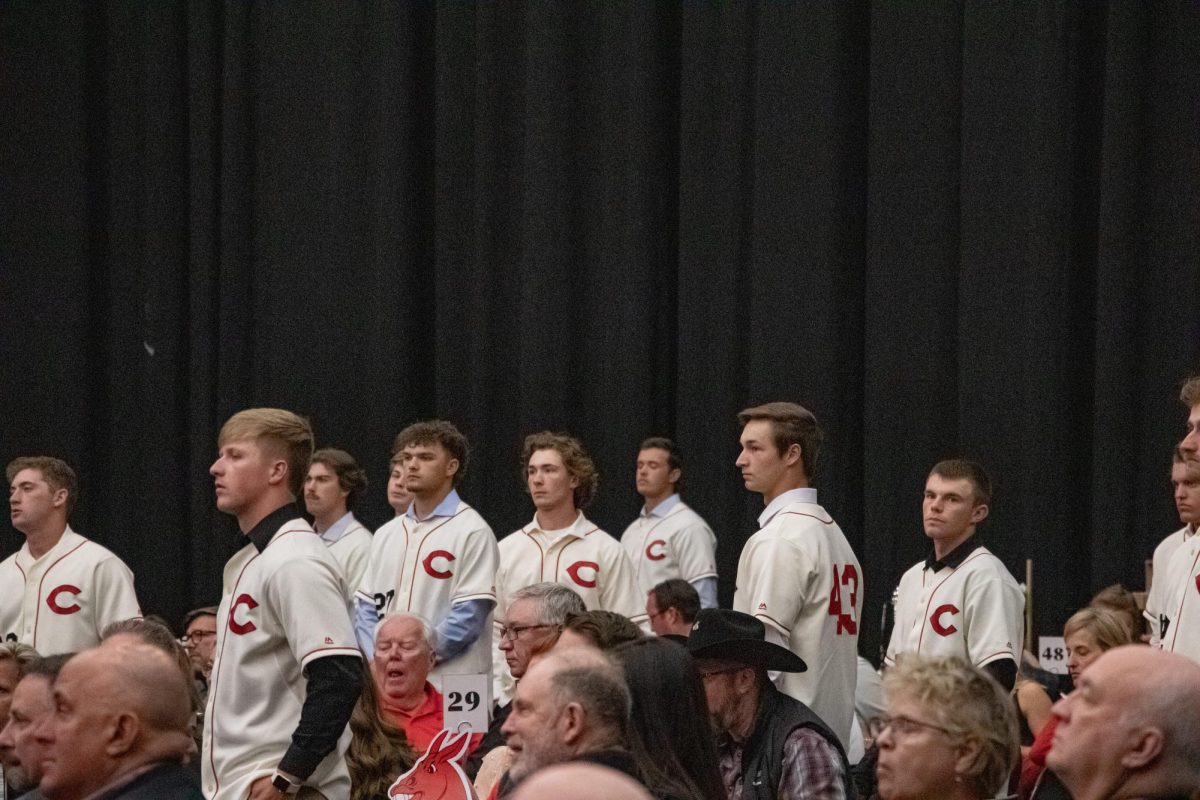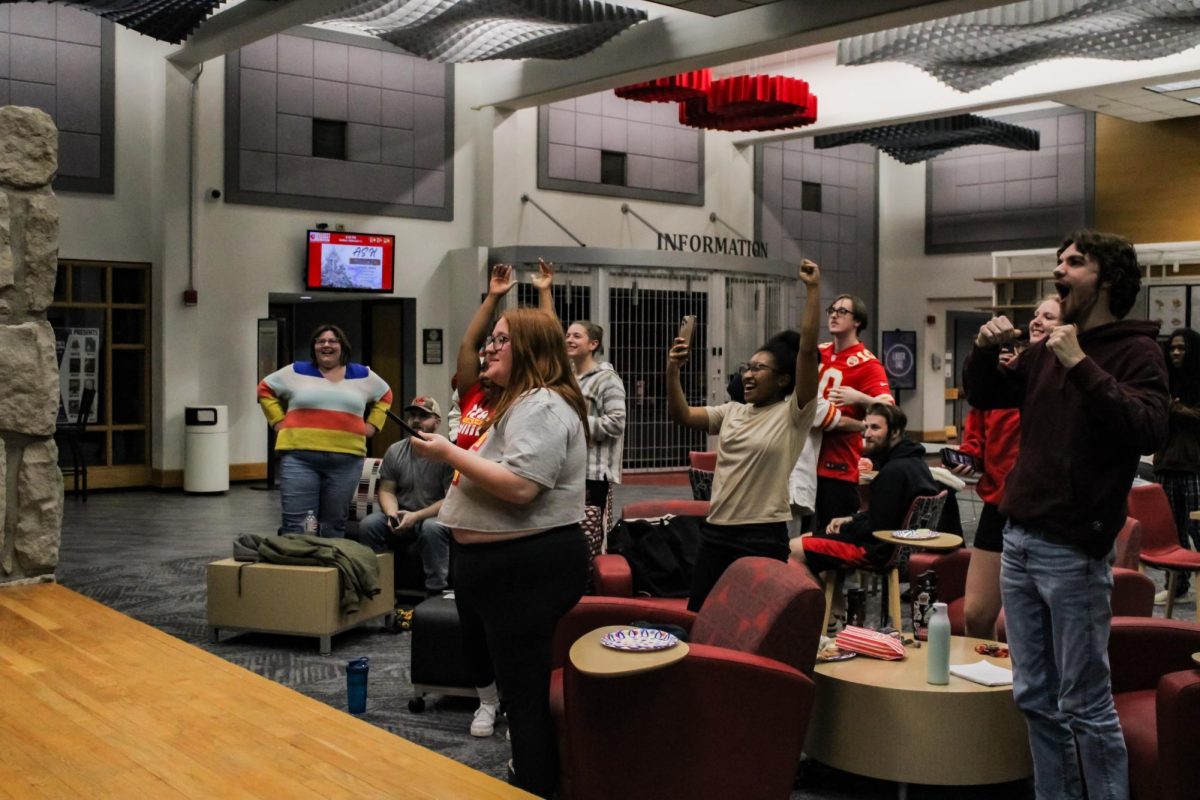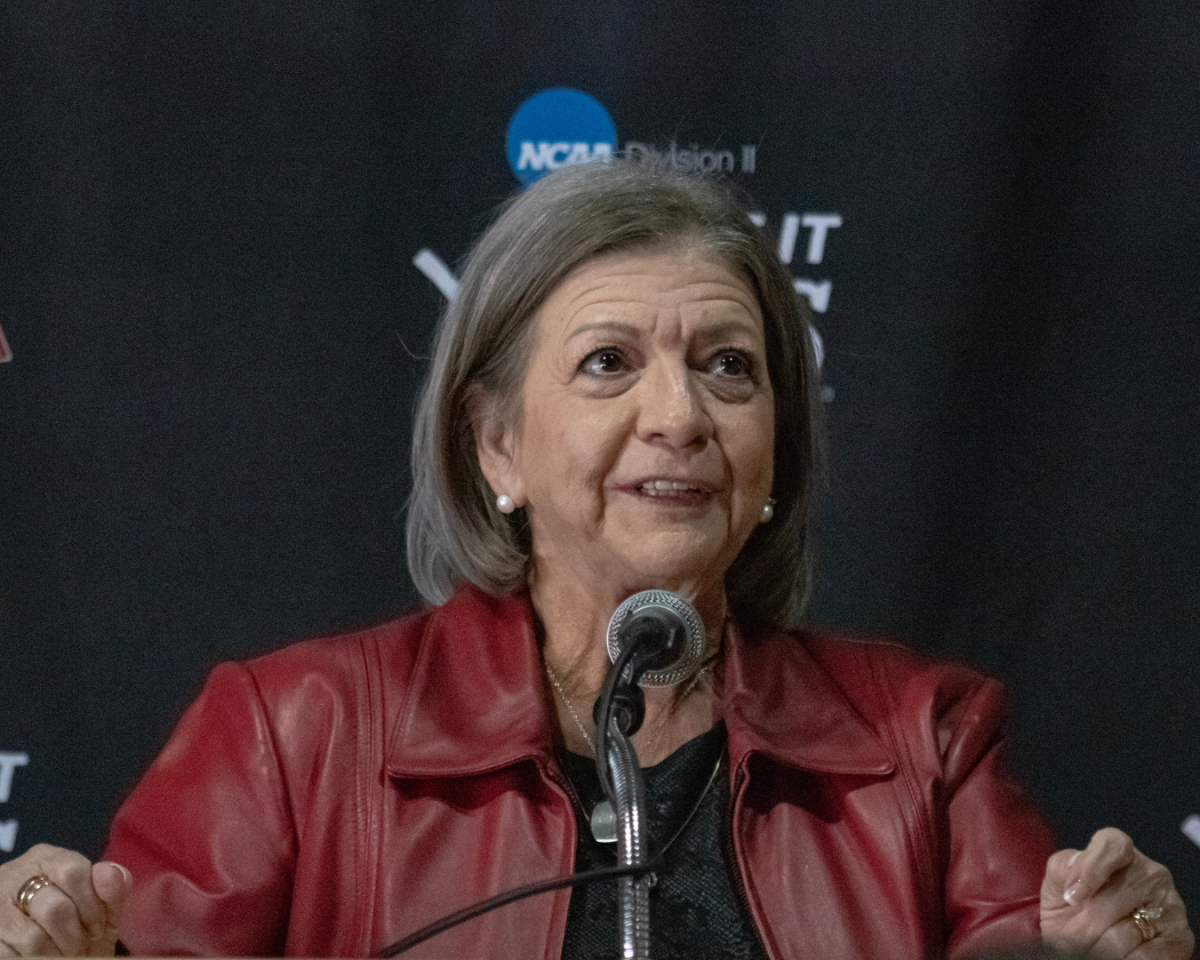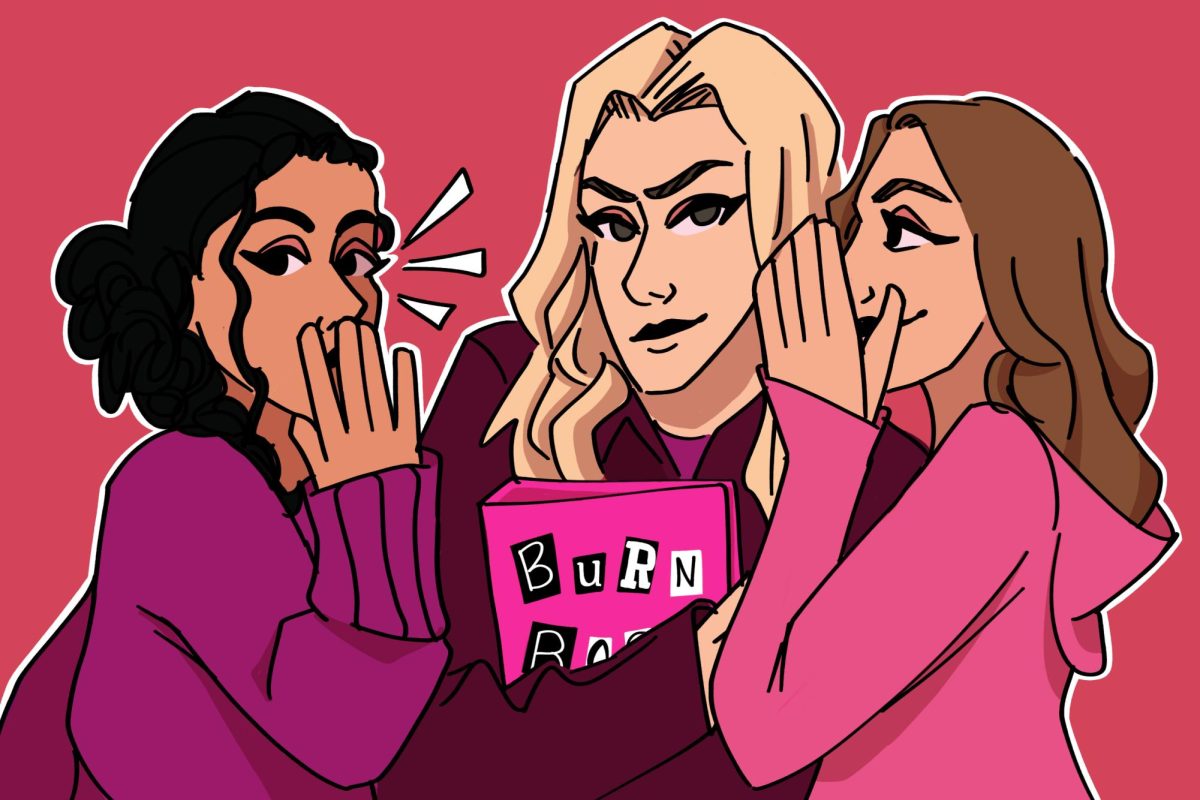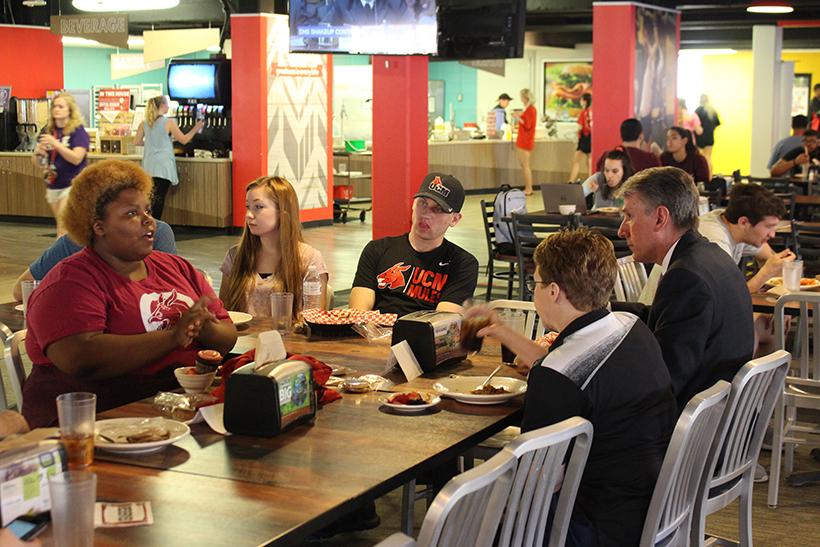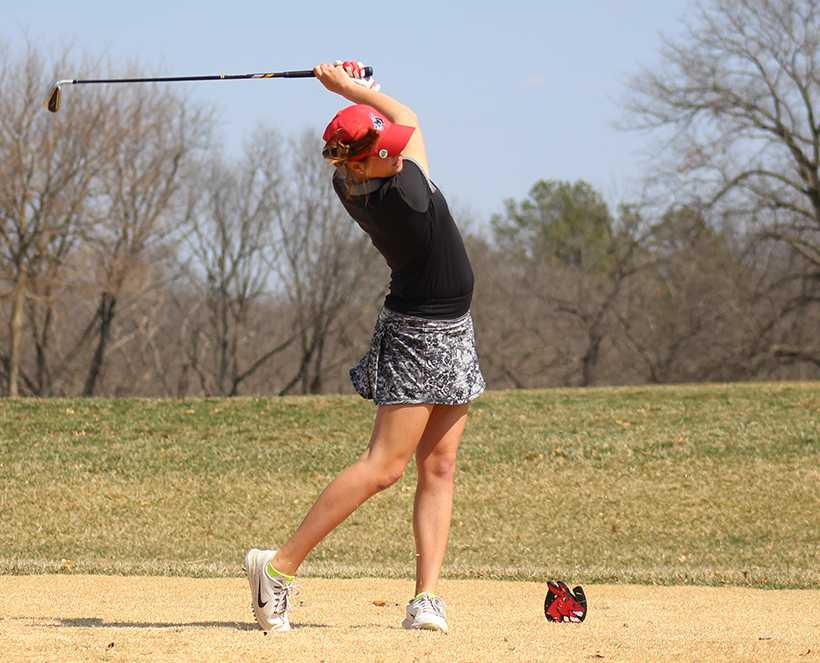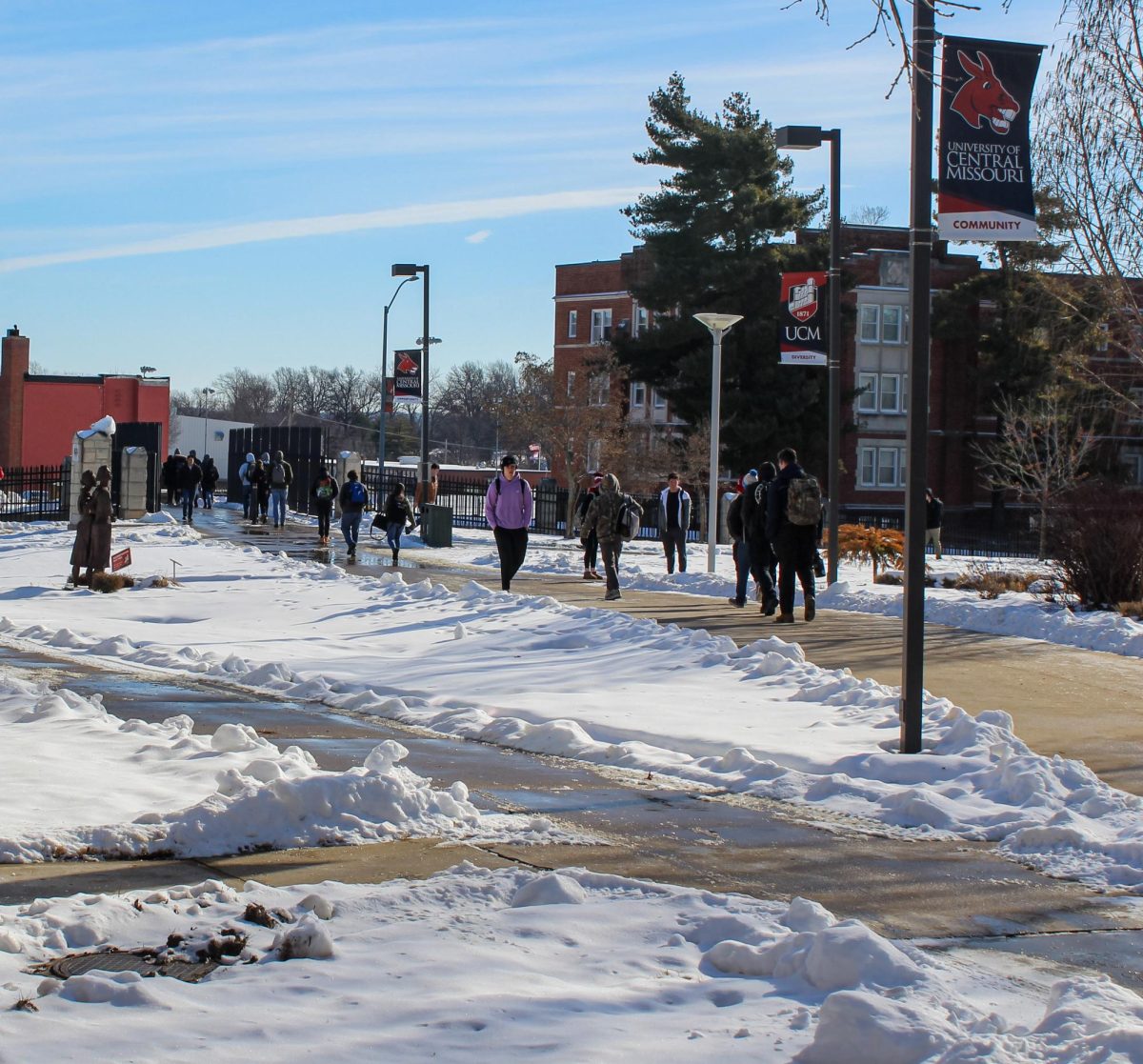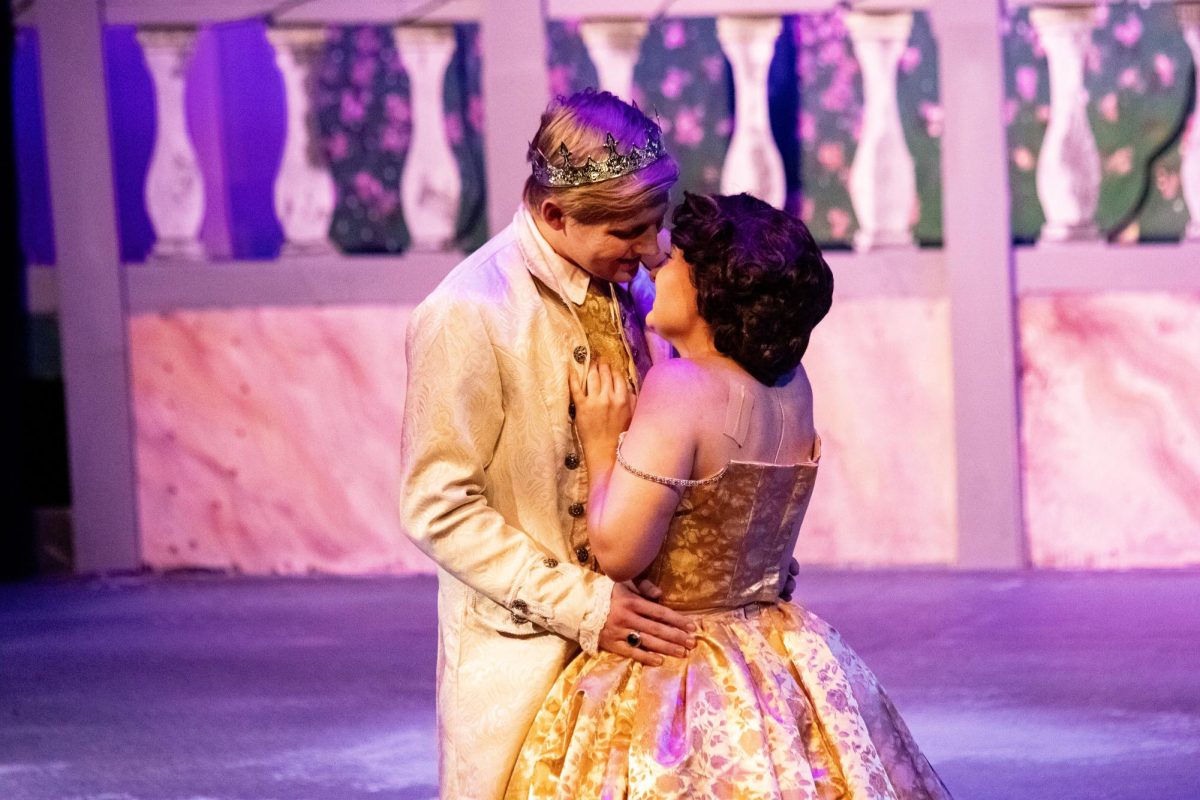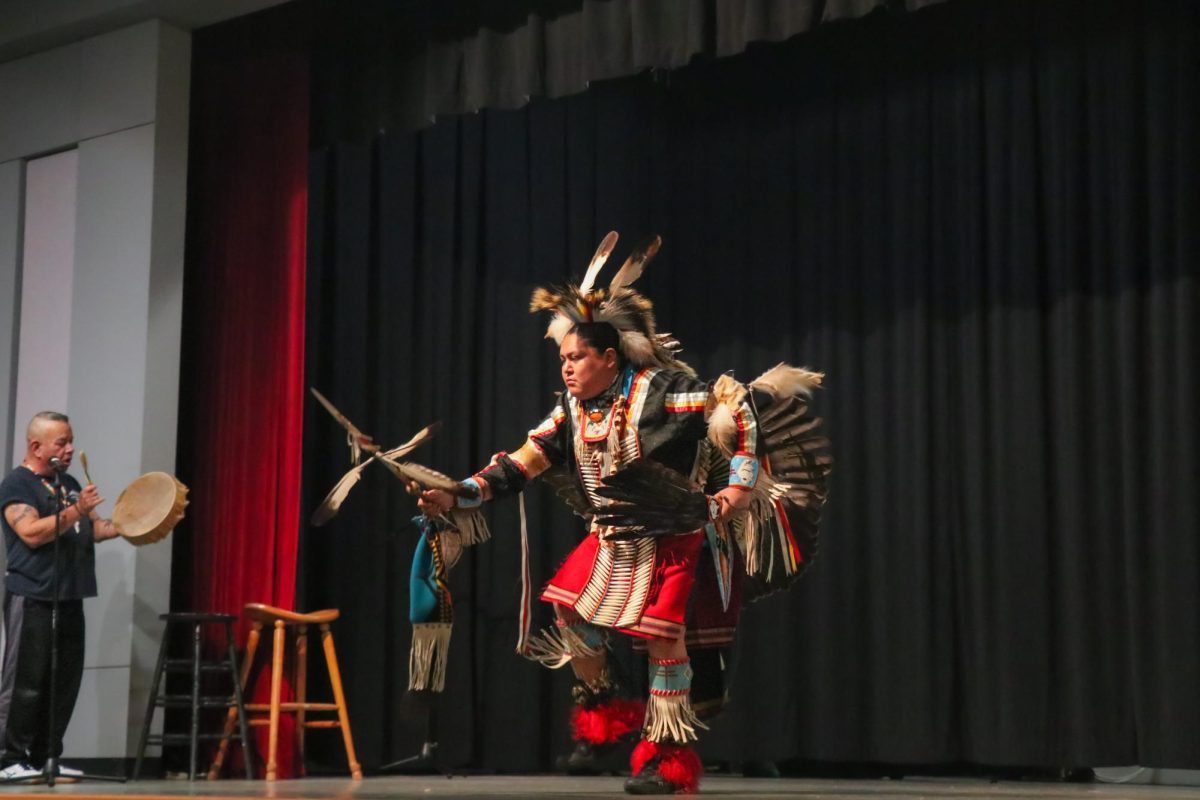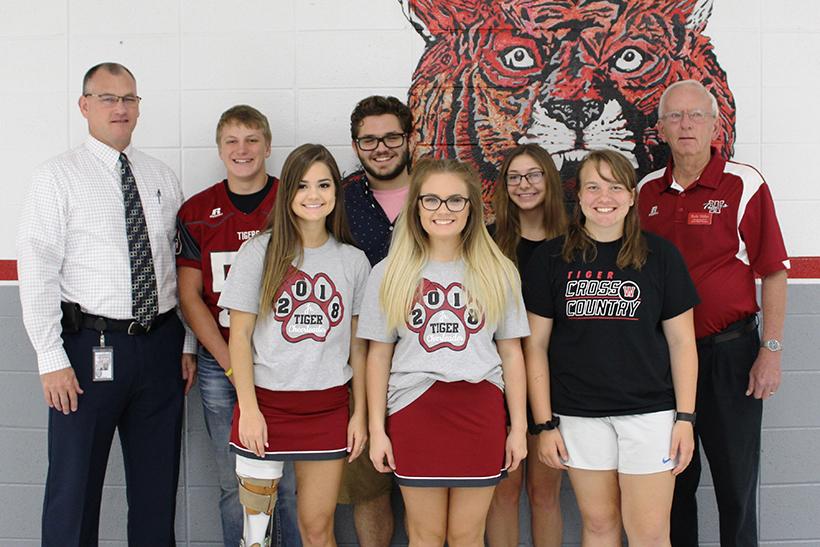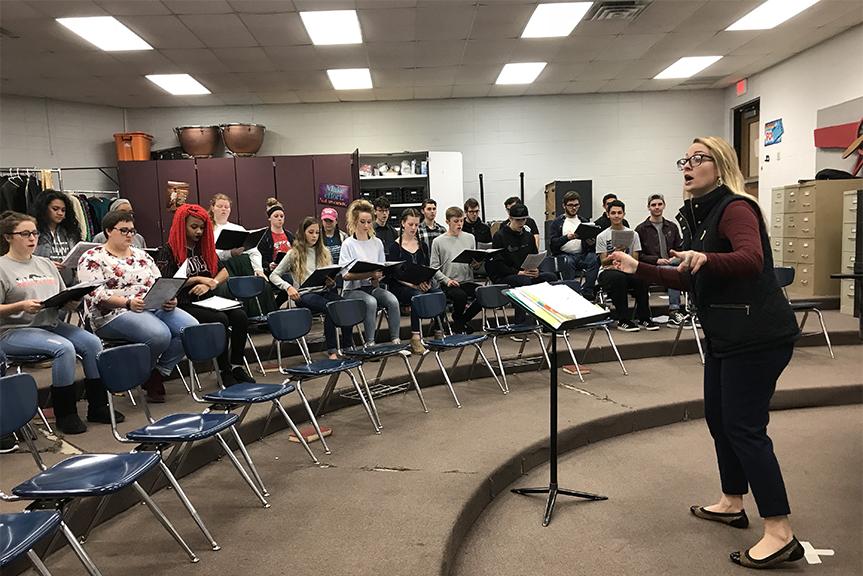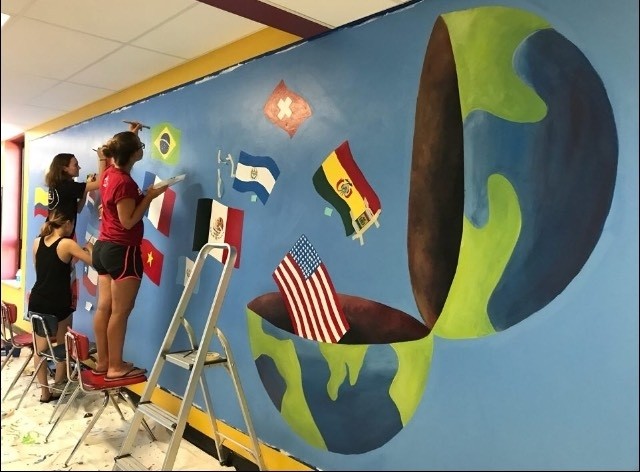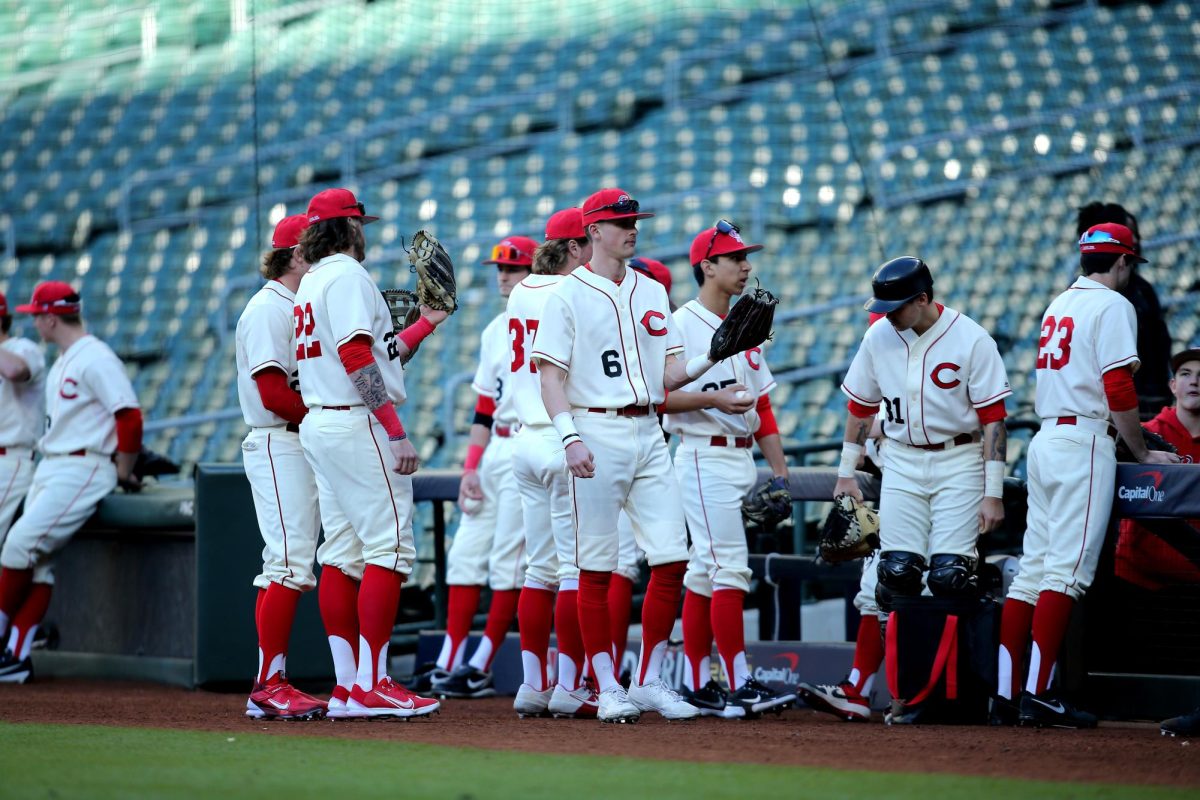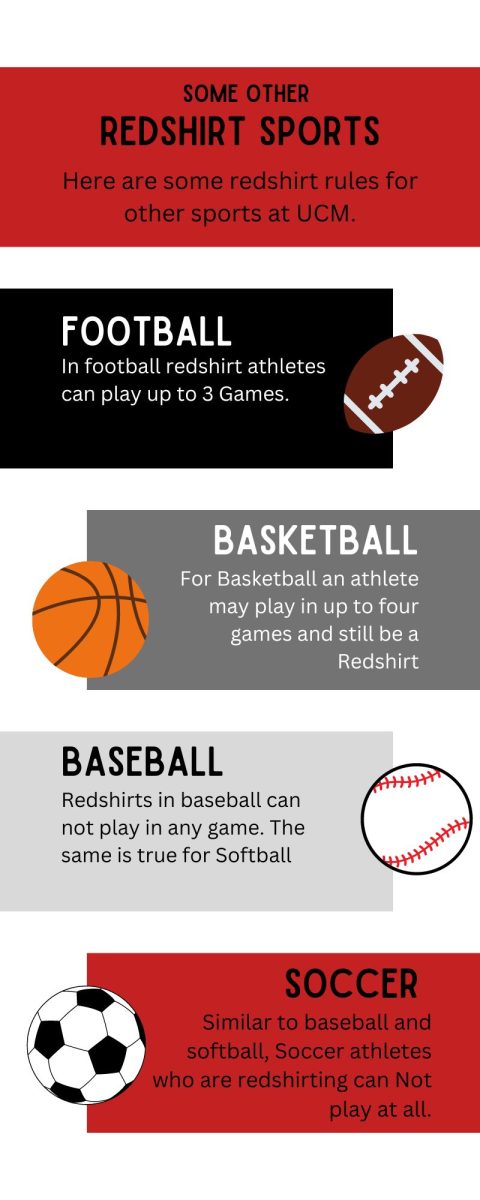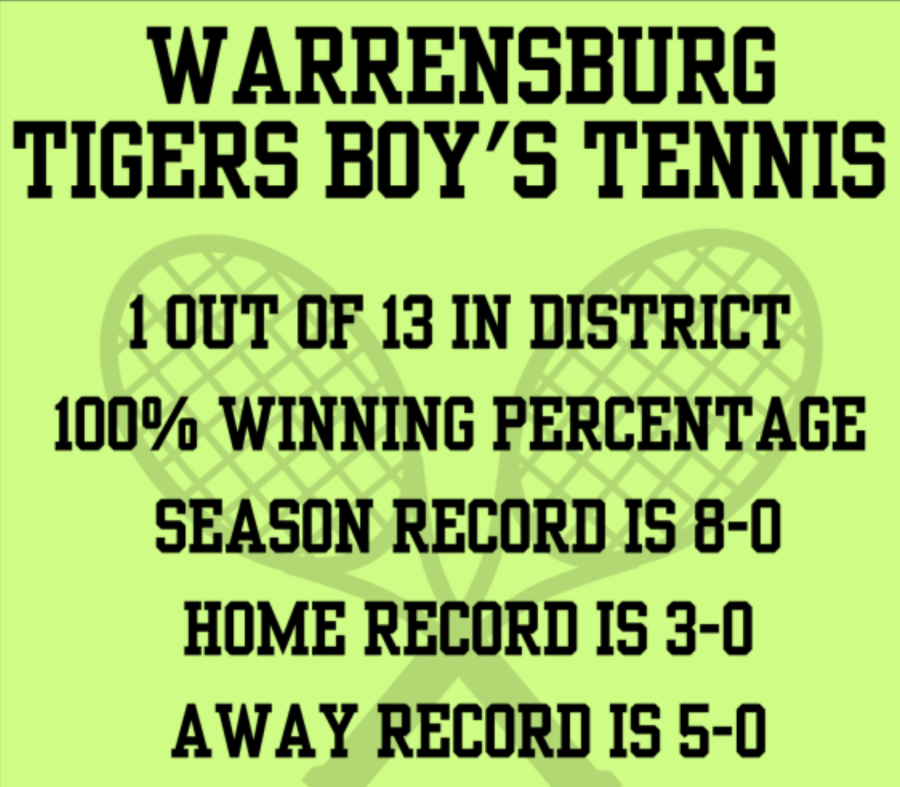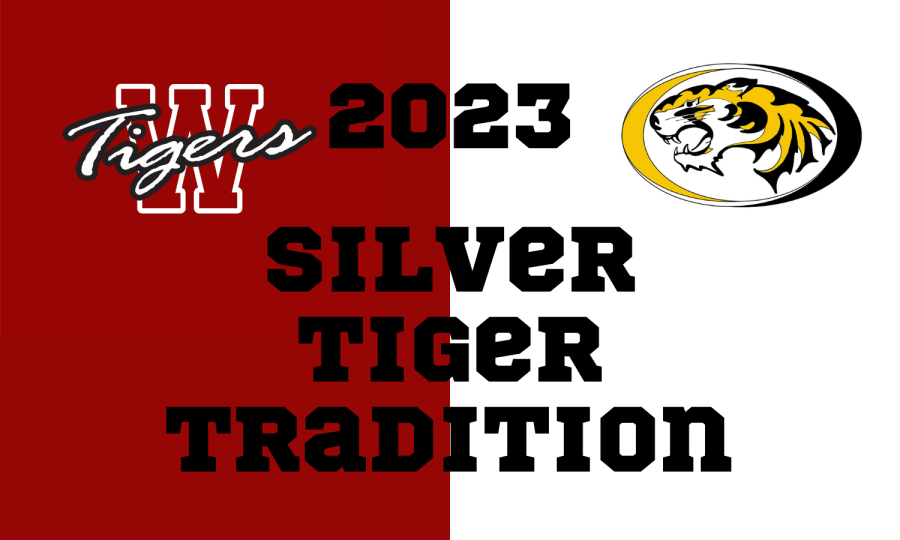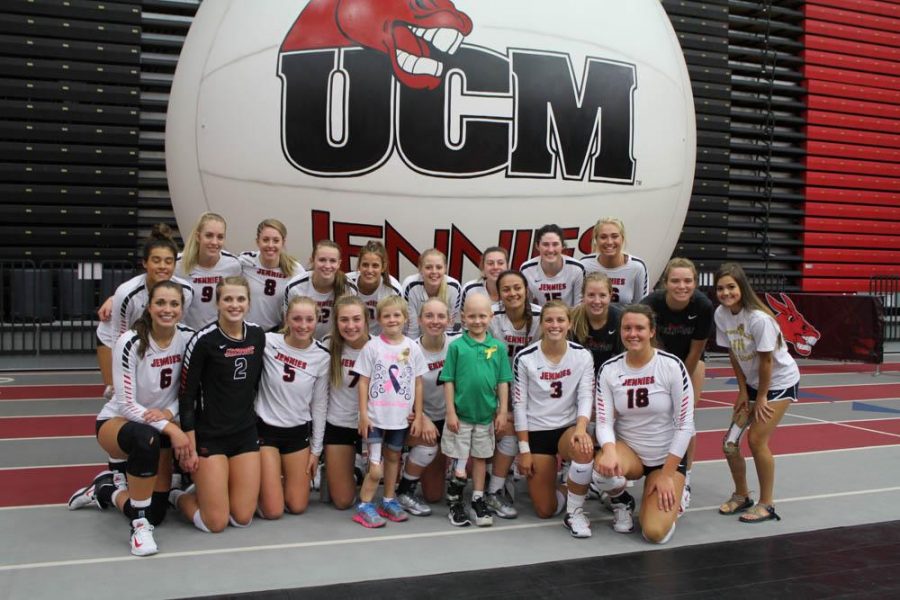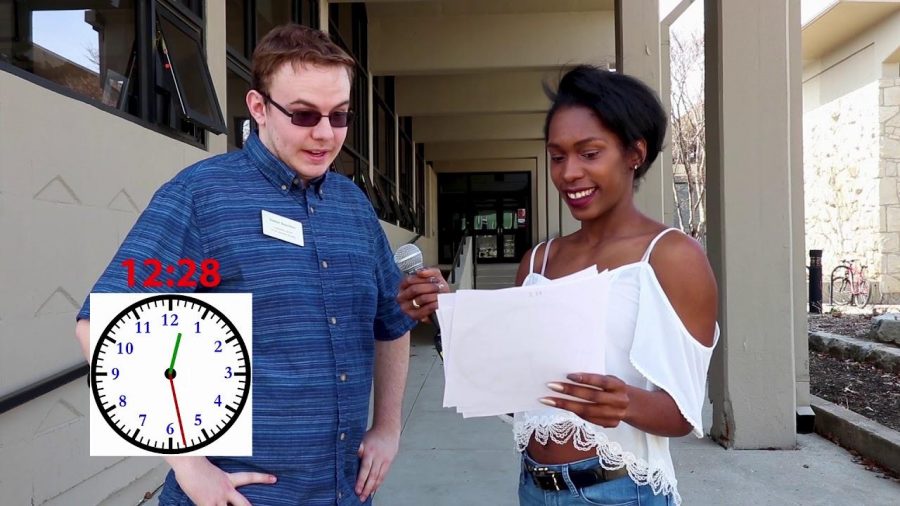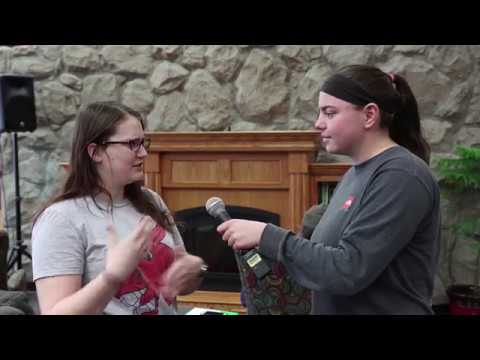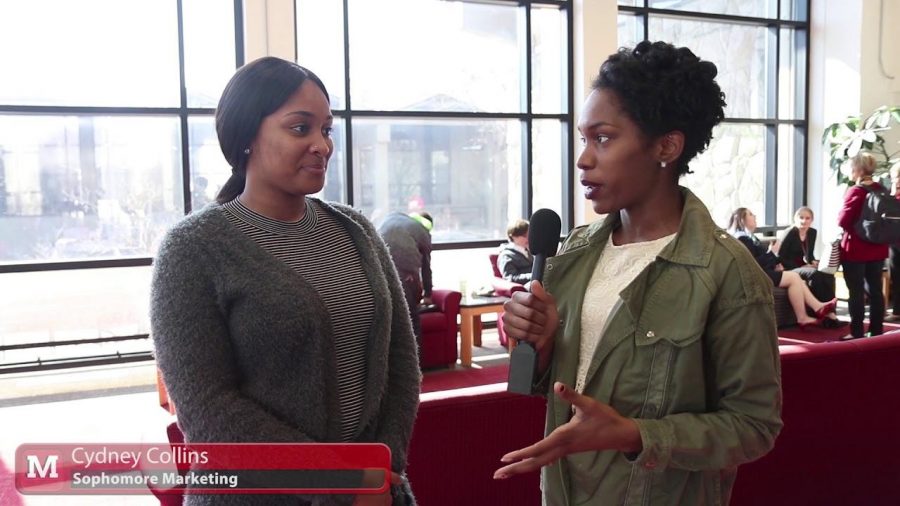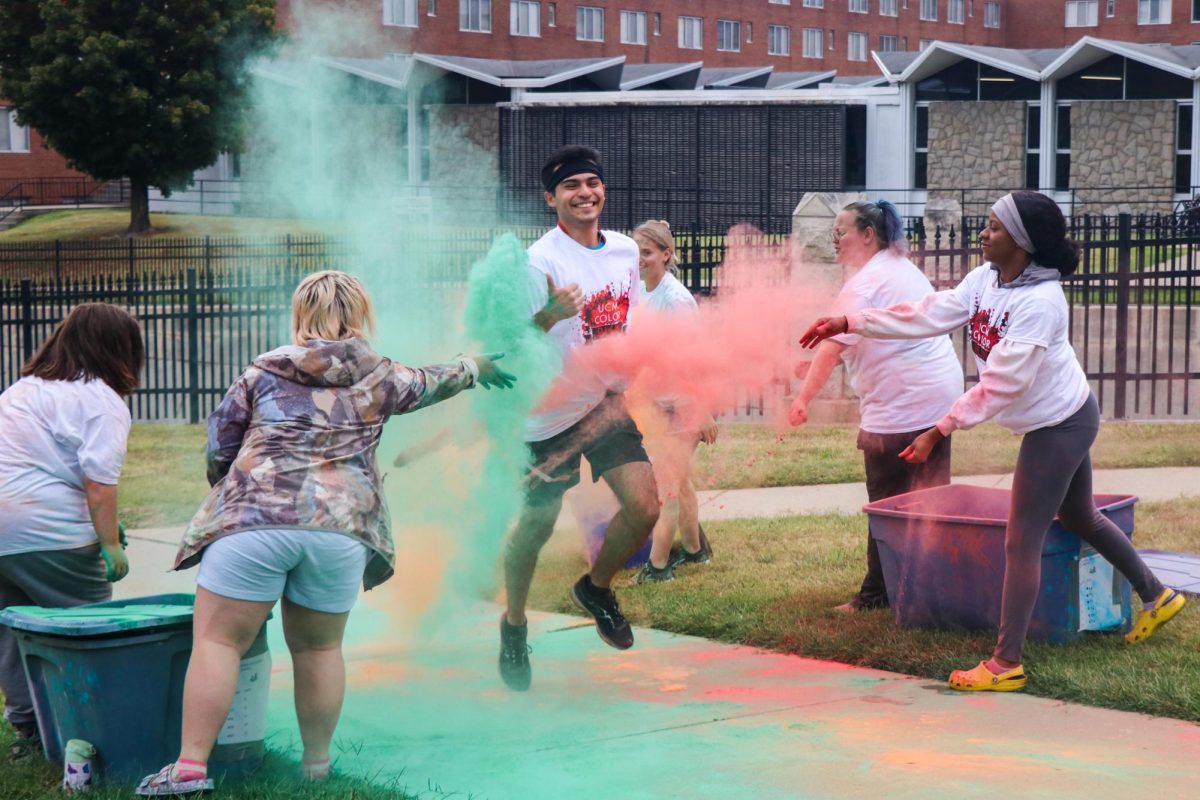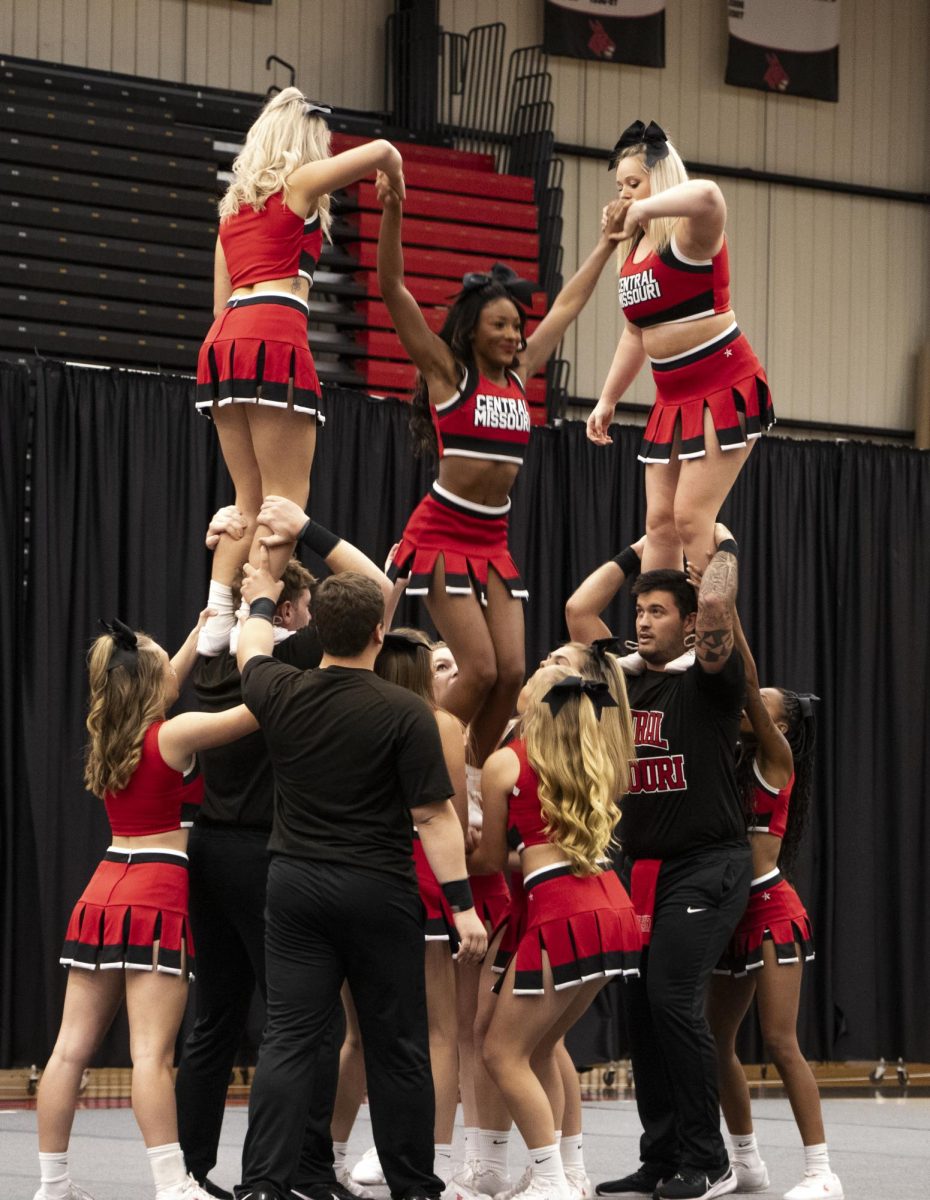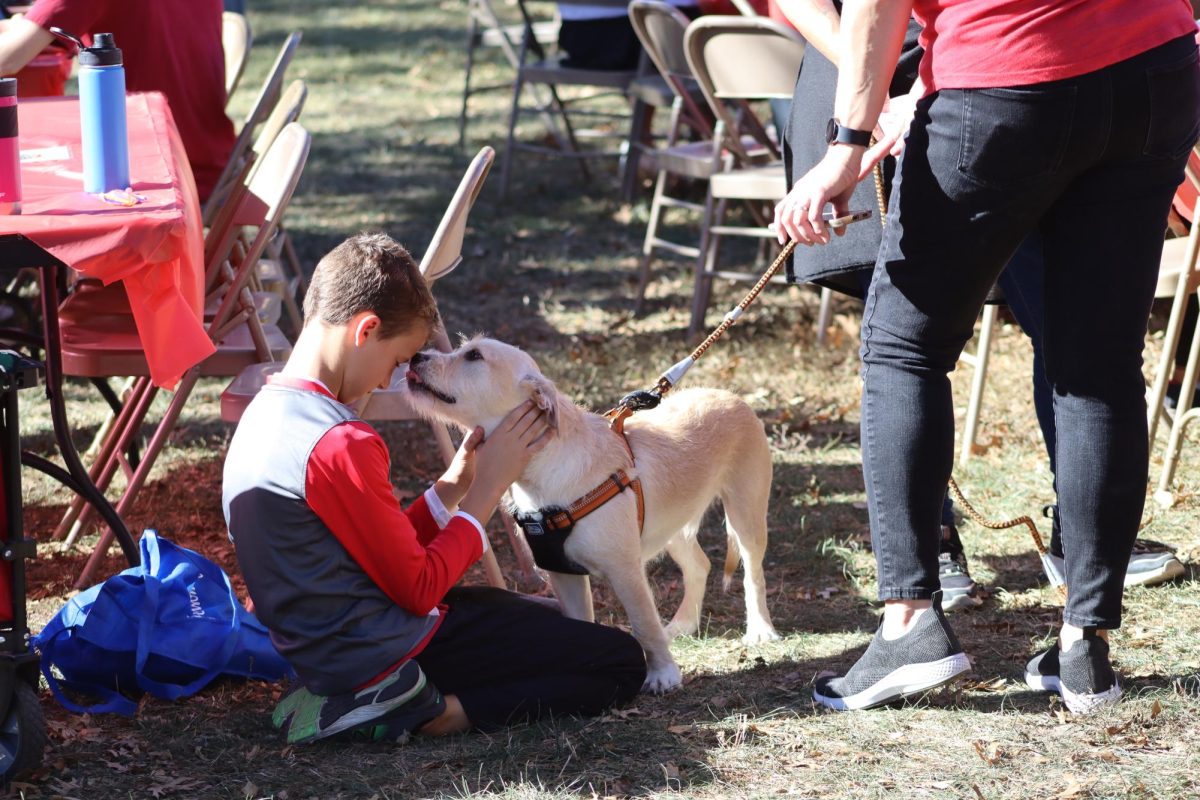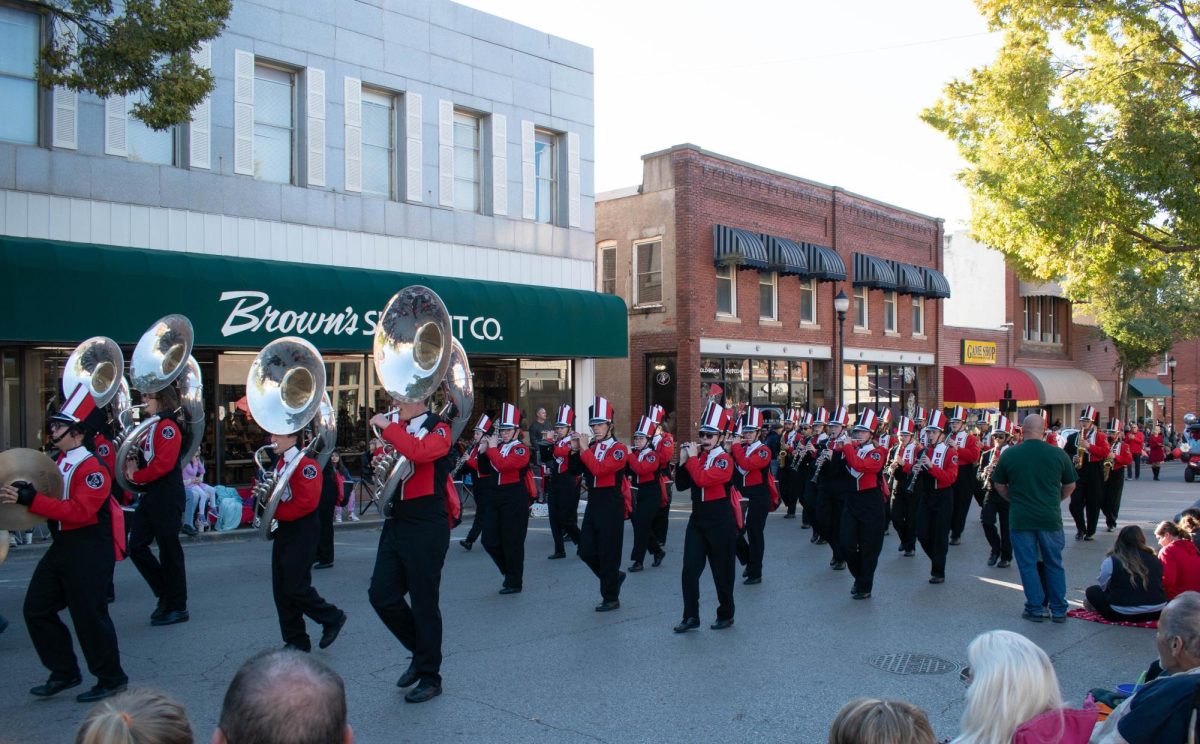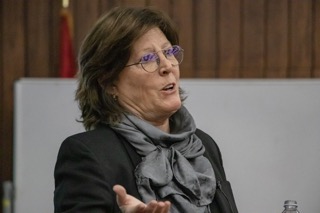(KANSAS CITY, Mo., AP) — A collection of thousands of documents, blueprints and other materials giving a rare glimpse into the history of Kansas City’s stockyards is on display in the city’s main public library after years of cataloging and sorting.
Bill Haw, who bought the Livestock Exchange Building in Kansas City’s West Bottoms area — previously home to the second-largest stockyards in the country — in 1991 and rescued the materials. There were enough to fill 40 to 50 refrigerator-size boxes and had been left in otherwise empty rooms when Haw purchased the building, The Kansas City Star (http://bit.ly/1mcYHr9) reported.
“At some point, we were leasing the building up so completely that we couldn’t keep shifting them to other places,” Haw said. Eventually, the materials were offered to the library.
When staffers from the library’s Missouri Valley Special Collections showed up, they found a room full of documents, in no kind of order, senior archivist Lucinda Adams said.
“We didn’t even know what we were taking,” Adams said. “We just said we would take it all. We kind of crammed them into boxes to get them out of there as fast as we could, before anything happened.”
Most of the materials come from the offices of various chief engineers of the stockyards, which were first organized in 1871 after the opening of a bridge over the Missouri river linked the stockyards with the railroads.
The stockyards and meatpacking area straddled the state line with Kansas in the early 20th century and employed as many as 20,000 local and migrant workers. The stockyards operated for 12 decades before feed operations away from urban areas led to its demise. The last animal was sold there in 1991.
“This is the industry that made Kansas City what it is,” said Eli Paul, manager of the Missouri Valley Special Collections.
The collection includes abstracts recording land transfers in the West Bottoms as far back as 1831 between the U.S. government and a member of the Chouteau family.
It also includes a 1906 booklet with specifications for “standard gate hinges, hooks, staples, bolts, rods, plates, etc. etc.” that were to be used at the stockyards. Those documents and blueprints make it possible to recreate the stockyards today.
Haw donated the materials to the library in 2008, and it’s taken years to sort through all of them. A donation from Henry Marder of Mission Hills, Kansas, helped fund a preliminary inventory by the library’s project archivist, Kara Evans.
“I made a fairly substantial contribution to honor the memory of my father, who was involved in the livestock business at the yards for a number of years,” Marder said. “He was a commission man. He bought and sold cattle.”
Much of the collection eventually will be digitized and available online.
“At some point, we were leasing the building up so completely that we couldn’t keep shifting them to other places,” Haw said. Eventually, the materials were offered to the library.
When staffers from the library’s Missouri Valley Special Collections showed up, they found a room full of documents, in no kind of order, senior archivist Lucinda Adams said.
“We didn’t even know what we were taking,” Adams said. “We just said we would take it all. We kind of crammed them into boxes to get them out of there as fast as we could, before anything happened.”
Most of the materials come from the offices of various chief engineers of the stockyards, which were first organized in 1871 after the opening of a bridge over the Missouri river linked the stockyards with the railroads.
The stockyards and meatpacking area straddled the state line with Kansas in the early 20th century and employed as many as 20,000 local and migrant workers. The stockyards operated for 12 decades before feed operations away from urban areas led to its demise. The last animal was sold there in 1991.
“This is the industry that made Kansas City what it is,” said Eli Paul, manager of the Missouri Valley Special Collections.
The collection includes abstracts recording land transfers in the West Bottoms as far back as 1831 between the U.S. government and a member of the Chouteau family.
It also includes a 1906 booklet with specifications for “standard gate hinges, hooks, staples, bolts, rods, plates, etc. etc.” that were to be used at the stockyards. Those documents and blueprints make it possible to recreate the stockyards today.
Haw donated the materials to the library in 2008, and it’s taken years to sort through all of them. A donation from Henry Marder of Mission Hills, Kansas, helped fund a preliminary inventory by the library’s project archivist, Kara Evans.
“I made a fairly substantial contribution to honor the memory of my father, who was involved in the livestock business at the yards for a number of years,” Marder said. “He was a commission man. He bought and sold cattle.”
Much of the collection eventually will be digitized and available online.
Story continues below advertisement

